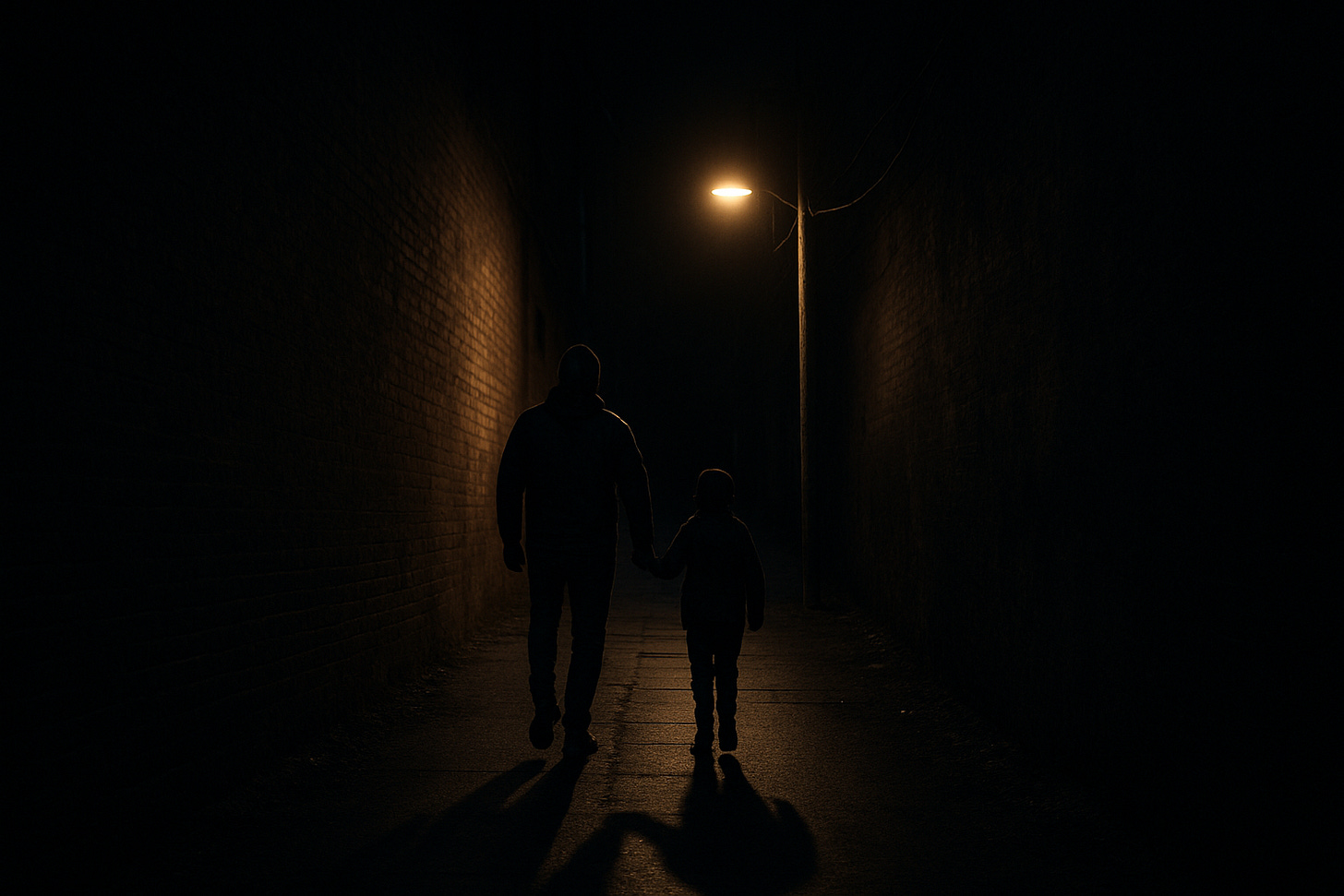Growing Grit in the Face of Violence
Why presence, calm, and conversation matter more than ever for our kids
The headlines don’t slow down.
Shootings. Threats of war. Natural disasters.
I wish we could shield our kids from all of it. But we can’t.
And last week’s assassination of Charlie Kirk reminded me once again: as parents, we don’t get to choose whether tragedy happens—we only get to choose how we guide our kids through it.
1. Put It Down
The moment after the news broke, my phone lit up with texts. Some friends were close to the unfolding situation. Others had already seen a gruesome video that began circulating online. Several warned me immediately: “Don’t watch it.”
I texted my wife: “Don’t let the kids on YouTube for the rest of the day. This video is going to go viral.”
No matter what opinions we may form about Charlie Kirk, no child needs to watch a man shot and killed on screen. Ever.
As a general rule, when a tragedy hits the headlines, our first step as parents is to cut off the feed. Turn off the news. Put down the phone. Step away from YouTube, TikTok, Instagram Reels.
Kids don’t need the unfiltered flood of mainstream news or social content in the heat of a crisis. What they need most is our presence.
2. Be Aware of Your Response
Fear and anxiety aren’t invisible. They show up in our voices, our tone, our body language.
Long before we say anything, our kids can sense it.
In fact, they’re watching us even more closely when the world feels unsafe. The way I carry myself—the pacing in my voice, the way I close the laptop, the distracted look in my eyes—communicates something about how serious this is and how I’m handling it.
Our actions always speak louder than words.
So, before I speak to my kids about what’s happening out there, I have to first check what’s happening in here—inside me.
3. Tell What’s Happening (and Name the Narratives)
This part changes depending on your kids’ ages.
If your kids are young, keeping explanations short, clear, and age-appropriate is best. But once they’re pre-teens or teens, chances are they’re already exposed to a flood of takes and opinions online.
That means silence is not an option.
So we talk. We ask questions. We share not just the facts but our own reactions—our fears, our sadness, and even our anger. And we also name the narratives that drive those reactions.
For example: “I’m sad about this because life is sacred. And I believe every life matters deeply to God. That’s why violence like this shakes me to my core.”
This does two things:
It gives our kids language to process their own feelings.
It models how to think critically about what they see and hear online.
Because the truth is, they’re going to hear hot takes. They’re going to encounter biases. They’re going to see how different worldviews frame the same event in opposite ways.
We can’t shield them from that forever. But we can prepare them to filter it with wisdom.
The Bigger Picture
Here’s what I’ve been reminded of this week: raising resilient kids doesn’t mean raising kids who never feel fear, sadness, or anxiety.
It means walking with them through those feelings—teaching them how to name what’s happening, how to respond with calm, and how to root their identity in something bigger than the chaos of the world.
That’s what grit looks like in moments like these. It’s not just white-knuckling your way through the storm. It’s purposeful growth—learning how to be present, honest, and grounded when life feels out of control.
We can’t stop tragedy. But we can guide our kids toward resilience. And that may be the most important gift we give them for the world they’ll inherit.
Your Turn
How do you talk to your kids about tragic events?
Do you lean toward shielding them—or letting them process openly with you?
I’d love to hear your thoughts. Drop a comment below so we can learn from one another.



